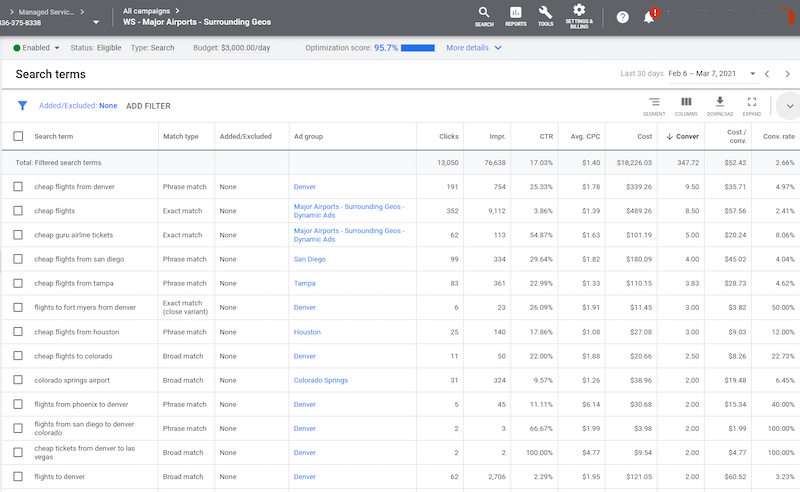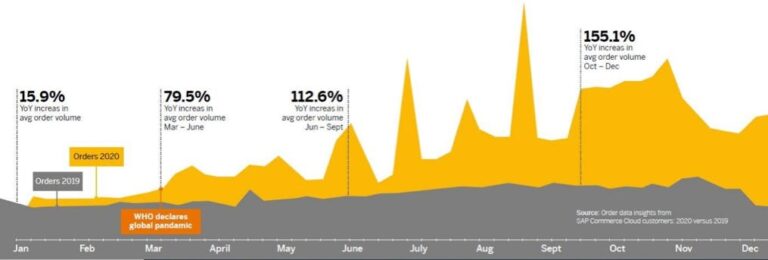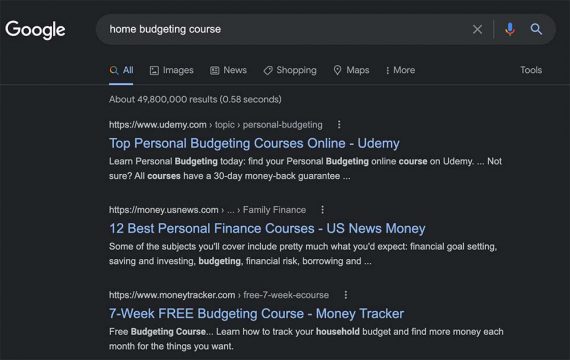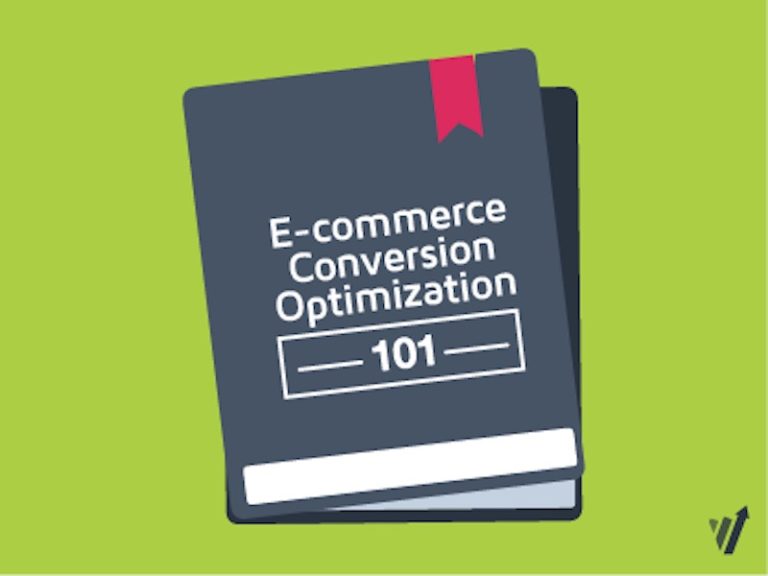Create dashboard reports within the Google interface to ensure you’re able to monitor for shifts in performance and CPA at the match type level. I always recommend including Cost, CPC and Cost-per-Conversion in those reports. This makes it easy for me to understand whether or not I need to do some extra work on my end to optimize the traffic coming through each match type. More to come on that below.
If you’re using an automated bid strategy, these won’t come up as much as you think since Google is automatically going after those users more likely to convert. However, it’s still important to look through the searches and add negative keywords for any traffic you know won’t convert.
Relevant terms with a high conversion rate
It pays to do the extra work here. I’ve found that it’s important to get to know your broad match traffic. This means reviewing the search query reports frequently enough so that you can understand what traffic is converting and what traffic is not converting. There are a few different ways I look at this data when deciding next steps.
4 tips for using broad match effectively
These search queries tend to drive up your CPA so it’s important to understand why. It might be worth looking into whether or not the ad copy and landing page is really serving this audience. If it’s not, I would test breaking it out into its own ad group with highly relevant ad copy. Sometime’s the gut reaction is to not bid on this traffic, however you’re likely leaving business on the table rather than trying to optimize that traffic and use it to your advantage.
1. Monitor shifts in performance
Note: You will want to make sure that the campaign you’re adding these broad keywords into already has at least 15 conversions before utilizing a ‘Target CPA’ or ‘Target ROAS’ bid strategy. If you’re creating a new campaign for this test, or haven’t met that criteria yet, make sure to start off with a ‘Maximize Conversion’ bid strategy. This lets the algorithm collect the data it needs before optimizing for a specific CPA target. For my own clients, I have seen success leaving it on a ‘Maximize Conversion’ strategy permanently as long as the campaign is hitting your own financial goals. If not, that’s where you slowly introduce a CPA target and give the campaign time (1-2 weeks) to hit that target.
In February, we started taking our top converting search queries and adding them as broad match keywords, without modifiers. We’ve been working under a reduced CPA target, so we were hoping this would help us achieve a steady amount of conversion volume at a lower cost. So far, we’ve seen a 30% decrease in CPA from broad match keywords and a 7% increase in overall conversion rate. These keywords also accounted for 75% of our conversions in the month of February.
3. Analyze your search queries frequently
However, you do want to be careful when testing out broad keywords. It’s always important to ensure you’re not seeing a decrease in the quality of conversions you’re driving, especially if you’re a B2B advertiser. For my client, these conversions are direct bookings so we knew that the value from these conversions was just as high as those coming from exact match keywords.
This is where you can really see an impact on your overall performance metrics. Make sure you’re adding these search queries as keywords and giving them the budget they deserve.
Still unsure if this is a strategy you can incorporate into your own campaigns? Here are some tips that might help you feel more confident in trying this out.
Relevant terms with a low conversion rate
The above work isn’t easy and it definitely takes time. You’ll want to ensure you’re giving your broad match strategy the proper time to hit targets and bring in those additional conversions. This means giving your bidding strategy time to gather the conversion data it needs to optimize traffic and giving yourself the time to do the work mentioned above. I always recommend to my clients that we give this strategy at least 4-6 weeks to show us what it’s capable of.
Irrelevant terms with a low conversion rate or 0 conversions
PPC advertising will likely only get more complex. There are likely more changes coming down the pipeline and we need to make sure that we’re never complacent in how we manage and grow our campaigns. Google’s change to modified broad match keywords is only one example of many that will force us to identify new ways of structuring and optimizing campaigns. The good news is that as long as we stay on top of measuring the results from these changes, and the tests we’re running in our own campaigns, we can make an impact on performance at the end of the day.

4. Be patient with hitting targets
This means that advertisers will need to not only expand their keyword lists for exact and phrase match, but they will also need to embrace broad match.
Follow these tips to succeed with broad match
With roughly 3.5 billion searches per day, it can be difficult to capture all relevant search terms for your business through PPC. To make matters more difficult, Google announced last month that modified broad match is going away, which means some search queries will no longer be eligible to show based on the word order of that query.






